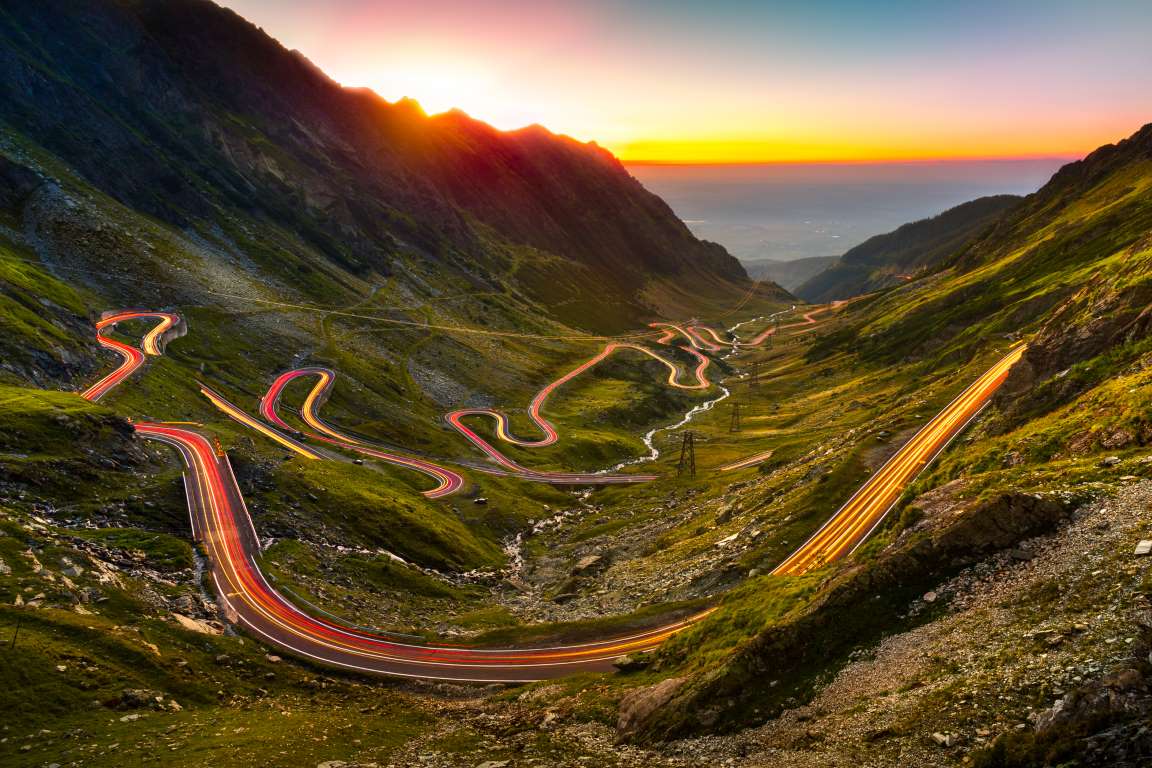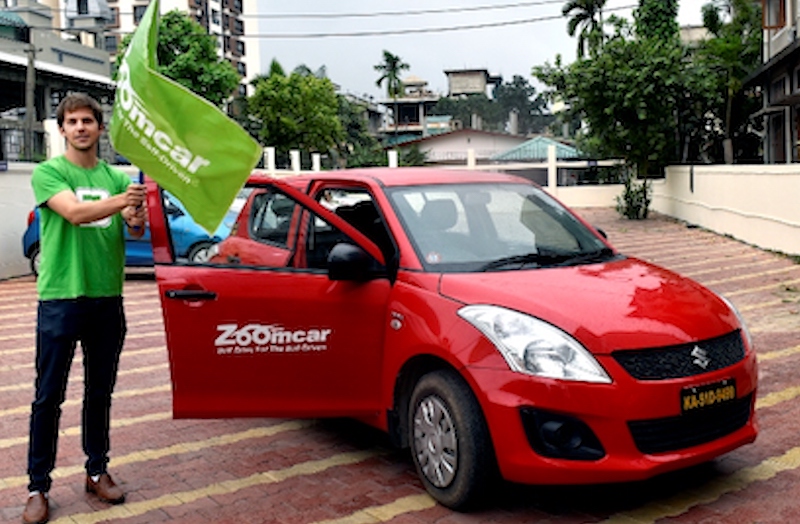Nestled in the heart of Romania’s Făgăraș Mountains lies a road so spectacular that Top Gear’s Jeremy Clarkson called it “the best road in the world.” Welcome to the Transfăgărășan Highway Romania—a dramatic, high-altitude road that cuts through the Southern Carpathians, offering adventurers and road trippers a once-in-a-lifetime experience.
Spanning 90 kilometers from Bascov to Cârțișoara, the highway twists, turns, and climbs to an altitude of over 2,000 meters. Along the way, you’ll encounter medieval fortresses, glacial lakes, waterfalls, tunnels, and unforgettable views. The road isn’t just about driving—it’s a destination filled with Romanian history, natural beauty, and adrenaline.
If you’re looking for the ultimate scenic drive in Europe, the Transfăgărășan Highway is a road you must experience. In this guide, you’ll learn everything you need to plan a safe, thrilling, and memorable journey.
History Behind the Transfăgărășan Highway

The Transfăgărășan Highway, officially known as DN7C, was commissioned by Romanian dictator Nicolae Ceaușescu in the early 1970s. It was built not for tourism, but as a military strategic route through the Carpathian Mountains. Ceaușescu feared a potential Soviet invasion after the 1968 Warsaw Pact invasion of Czechoslovakia, and wanted a rapid military crossing through Romania’s highest peaks.
Construction was no easy feat. Over 6,000 tons of dynamite were used to blast through the rock, and thousands of soldiers and engineers worked in dangerous, high-altitude conditions. The road was completed in 1974 after just four years—a remarkable achievement considering the harsh terrain and limited technology.
Unfortunately, this rapid construction came at a cost. Many lives were lost during the project due to landslides, cold weather, and dangerous blasts. Today, the highway stands as a symbol of both human determination and political ambition.
Now, decades later, this once-secret route has transformed into a top tourist destination in Romania—celebrated for its scenery, engineering, and thrilling drive.
Best Time to Drive the Transfăgărășan
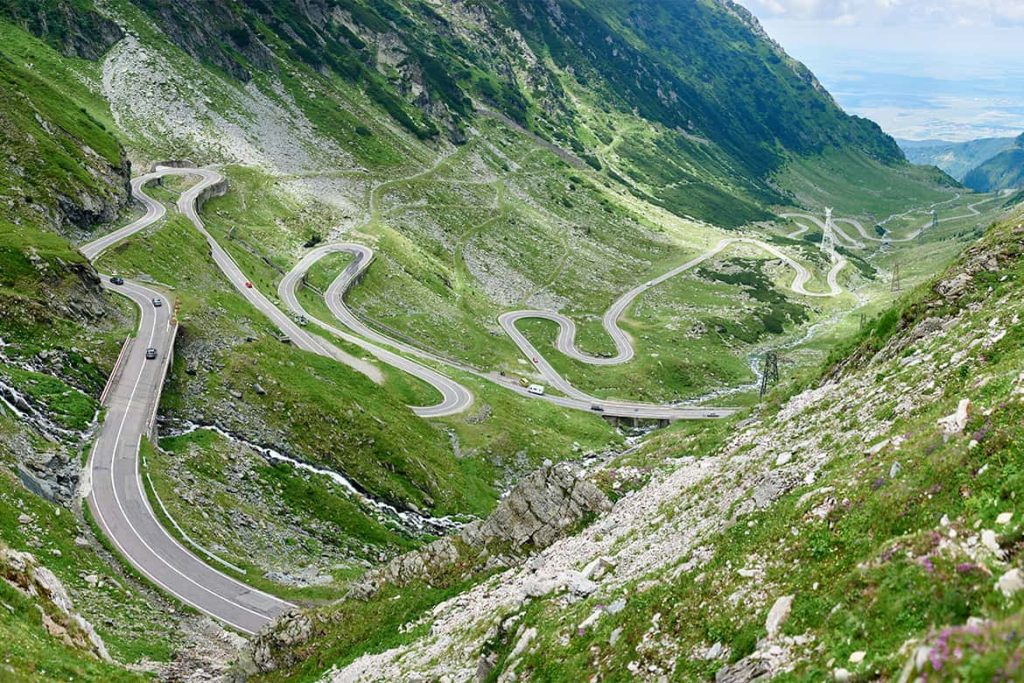

Timing your visit to the Transfăgărășan Highway is critical. Due to its high altitude and snowy conditions, the road is only open from late June to late October—with specific opening dates depending on weather and snowfall. Outside these months, the road is closed, and only accessible as far as Bâlea Waterfall via cable car.
The ideal time to drive is from mid-July to mid-September, when weather conditions are most stable. During this period, you’ll enjoy clear skies, lush mountain landscapes, and safe driving conditions. September is particularly recommended if you want to avoid heavy traffic while still enjoying autumn colors in the mountains.
Weekends can be crowded, especially during peak season, so try to visit on a weekday morning. Start your drive early to avoid fog and enjoy uncrowded viewpoints.
Also, check the official Romanian Roads Authority (CNADNR) website before you go for real-time road status updates.
Unmissable Stops Along the Transfăgărășan Highway
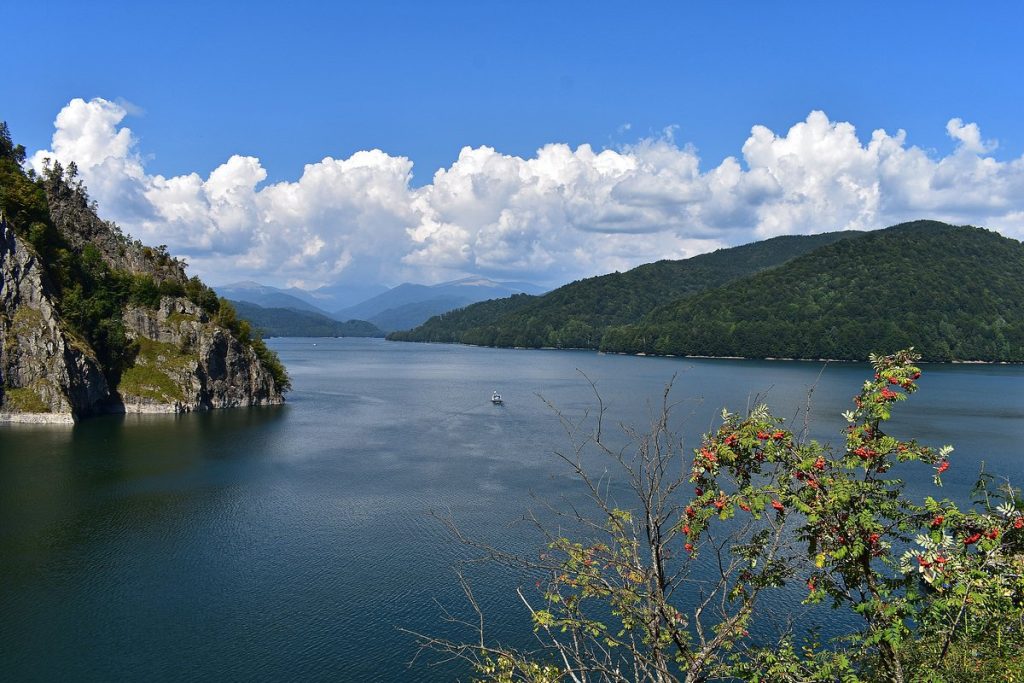
Vidraru Dam & Lake Vidraru
One of the first major sights from the southern entrance is Vidraru Dam, an enormous hydroelectric structure completed in 1966. It rises 166 meters and stretches across the Argeș River, forming Lake Vidraru, a serene body of water surrounded by dense forested hills.
The dam itself is an architectural marvel. Standing at its top, you get a stunning view of both the reservoir and the steep valley below. For thrill-seekers, bungee jumping from the dam is offered during summer weekends. You can also take boat rides or simply walk the promenade.
Look out for the Prometheus Statue, a bronze figure standing atop a rocky ridge above the dam. This statue represents the mythological titan Prometheus and symbolizes power harnessed through human ingenuity.
This is a great spot to stretch, have a snack, and admire the fusion of man-made and natural beauty.
Poenari Fortress – Dracula’s Real Castle
About 20 minutes from the dam is Poenari Fortress, perched high on a rocky cliff. Often overshadowed by Bran Castle, Poenari is the actual stronghold used by Vlad the Impaler, the historical figure who inspired the Dracula legend.
To reach the fortress, you’ll need to climb 1,480 steep steps, but the reward is unmatched. The panoramic views of the Argeș Valley are breathtaking, and the atmosphere here is raw and haunting—especially in the early morning fog.
Unlike Bran Castle, which has become highly commercialized, Poenari remains mostly untouched by mass tourism, giving you a more authentic and eerie experience of medieval Romania.
Bring water, wear sturdy shoes, and be prepared for a workout. If you’re a fan of history, horror, or simply off-the-beaten-path gems, this is a must-see stop.
Capra Waterfall (Cascada Capra)
As you ascend into higher altitudes, you’ll encounter Capra Waterfall, a 40-meter cascade that tumbles down the rocky slopes. Known locally as “Goat Waterfall,” this is one of the most beautiful natural attractions along the route.
You can park nearby and take a short walk to get closer to the falls. The air is crisp, the sound of rushing water is soothing, and the scenery is perfect for nature photography. It’s especially picturesque after a rainy day when the water flow is at its peak.
Capra Waterfall is also near Cabana Capra, a mountain lodge where you can enjoy traditional Romanian food and even spend the night if you’re breaking the drive into two days.
Bâlea Lake and Bâlea Tunnel
The crown jewel of the Transfăgărășan is Bâlea Lake, a glacial lake situated at 2,042 meters above sea level. Surrounded by steep, rugged mountains and alpine meadows, Bâlea Lake is the highest accessible point on the road.
The lake area is often bustling with travelers, hikers, and photographers. Nearby, you’ll find Cabana Bâlea Lac, a restaurant and lodge offering hot meals, souvenirs, and toilets. It’s also the starting point for many mountain trails.
Before reaching the lake from the southern side, you’ll pass through the Bâlea Tunnel—the longest road tunnel in Romania. Exiting the tunnel and seeing the sweeping curves below is one of the most dramatic moments of the entire drive.
In winter, the lake is still accessible via cable car from Bâlea Cascadă and becomes home to Romania’s famous Ice Hotel, entirely built from ice blocks cut from the lake.
Essential Tips for Driving the Transfăgărășan Highway
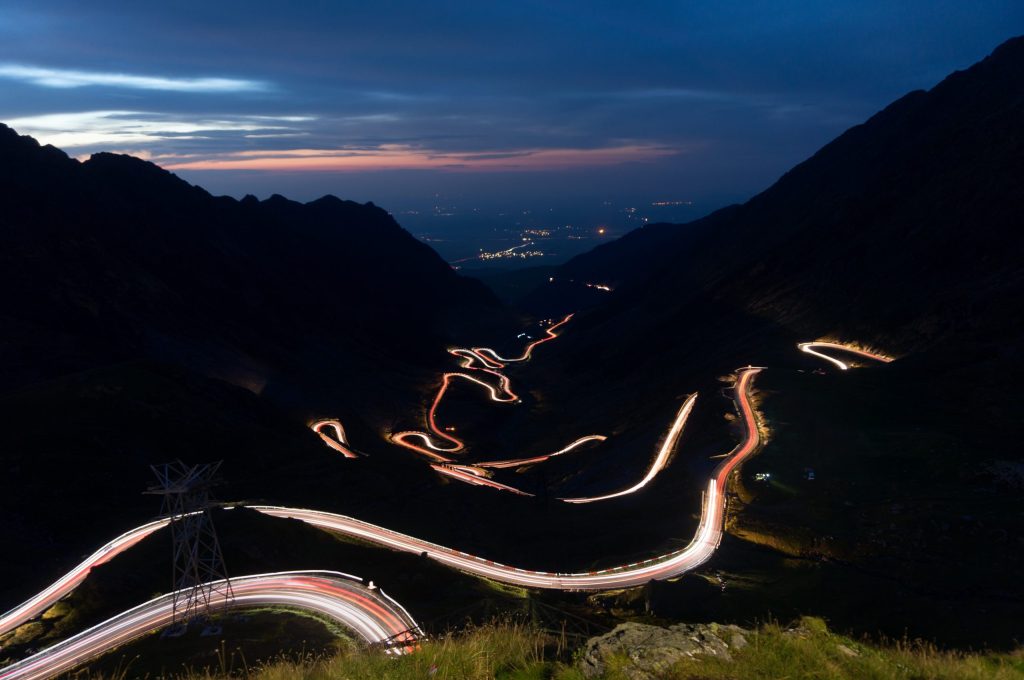
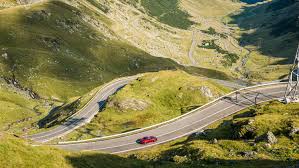
- Drive Carefully: The road is fully paved but narrow in parts, with many sharp hairpin turns and steep drops. Drive slowly, especially near curves.
- Fuel Up Beforehand: There are no gas stations on the Transfăgărășan itself. Fill your tank in Curtea de Argeș or Sibiu.
- Bring Layers: Weather changes fast. Even in summer, temperatures near Bâlea Lake can be cold and windy.
- Pack Snacks & Water: While there are a few restaurants along the way, they may be closed on certain days or get crowded.
- Stay Alert for Bears: It’s not uncommon to see brown bears by the roadside. Do not feed or approach them under any circumstance.
Where to Stay Near the Transfăgărășan
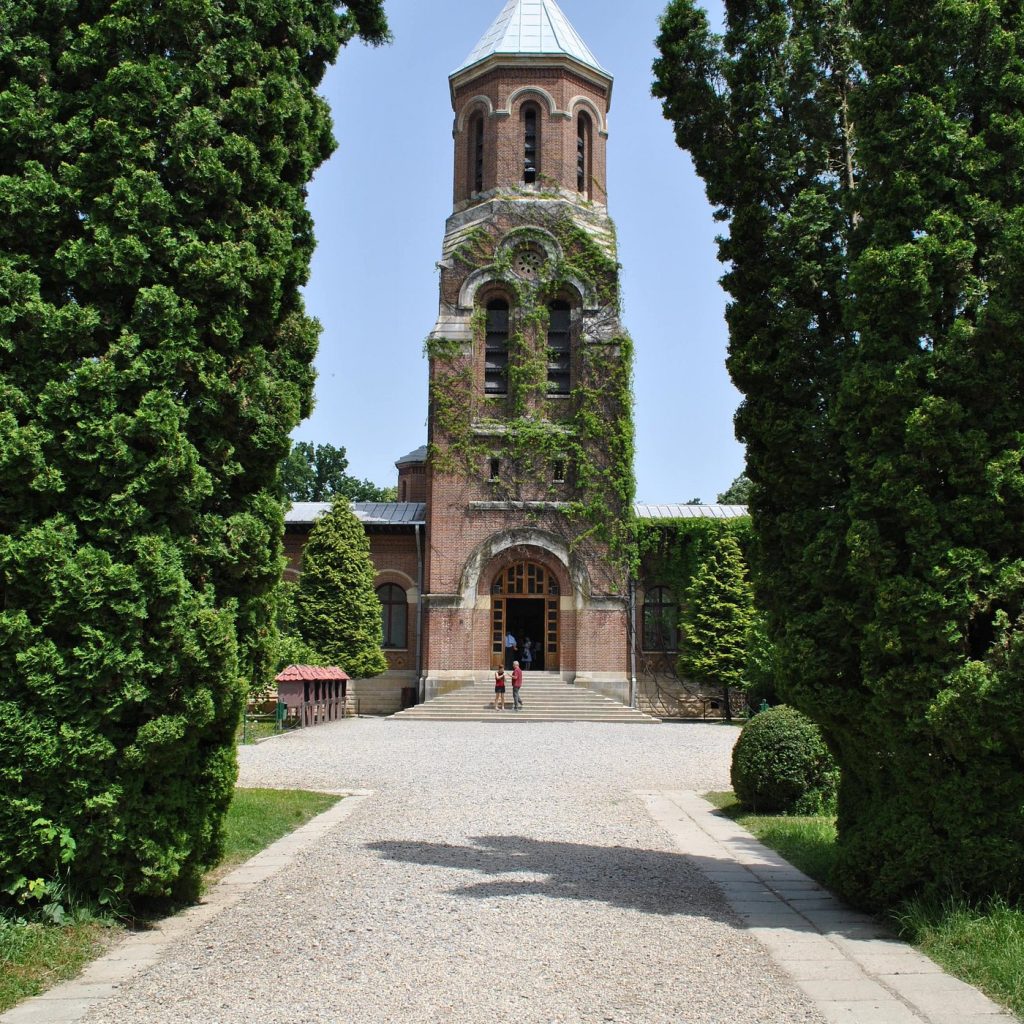
Cârțișoara (North Entrance):
This peaceful village offers cozy guesthouses, traditional Romanian breakfasts, and easy access to Bâlea Lake. Great for nature lovers and hikers looking to explore the Făgăraș Mountains.
Curtea de Argeș (South Entrance):
A charming town rich in history. Visit the Curtea de Argeș Monastery, dine in local restaurants, and explore historical sites before or after your drive.
On the Route:
Mountain lodges like Cabana Capra and Cabana Bâlea Lac provide rustic but comfortable stays. Booking in advance during peak months is highly recommended.
Conclusion: A Bucket List Drive in the Heart of Romania
The Transfăgărășan Highway Romania is not just a road—it’s a journey through towering peaks, quiet valleys, and centuries of history. From ancient fortresses and icy lakes to heart-racing bends and peaceful meadows, this drive has something for everyone.
Whether you’re a thrill-seeker, a landscape photographer, or a curious traveler, the Transfăgărășan offers a world-class road trip unlike any other in Europe. It’s where natural beauty meets human ambition and where every kilometer brings new wonder.
So pack your bags, fuel your car, and let the Carpathians lead the way on your most unforgettable drive yet.

